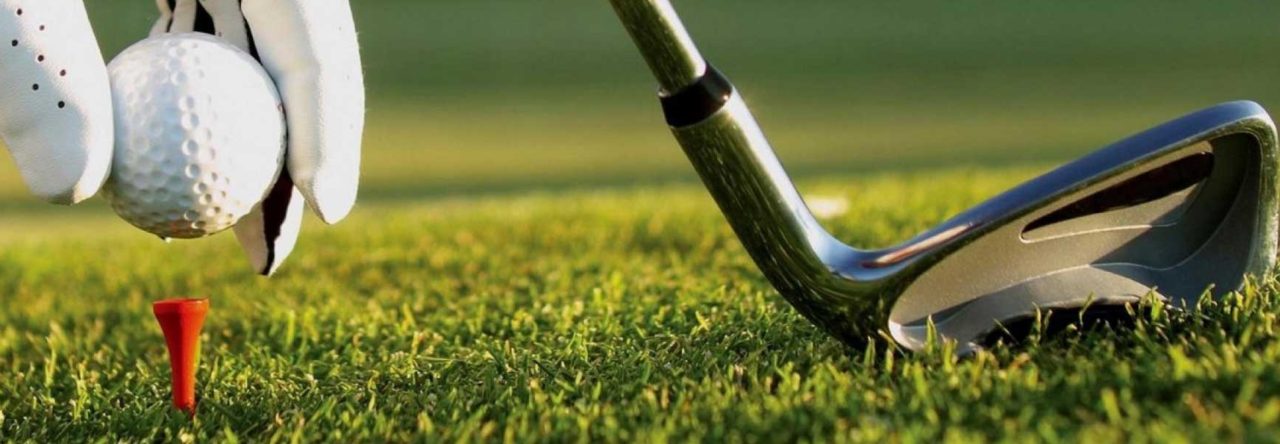We’ve all hit a draw or a slice before in our lives, right? But if I had to guess, you were probably more worried about the result of your shot than taking a second to think about why your ball did what it did during its flight. However, this question of why is exactly the little piece of golfing science that I want to cover today.
So why do my shots curve in the air? Well, the simple answer is, spin.
Unfortunately, that’s sort of where the simplicity of it stops…
What comes after this is a whole slew of physics that explain when, why, and how much the ball curves but, for the sake of this brief article, I’ll do my best to condense it. Basically, the curvature of your shot is due to a physical principle that’s also used in commercial airplanes and baseball called, the Magnus Effect.
Let’s start with an example, the slice. As we mentioned in our article How to Cure Your Slice, fading the ball is a result of a misalignment between your swing path and the club head. This misalignment actually causes the root of our problem by producing side spin on the ball.
This is where the physics comes in. Using exactly the same fundamental principle as a pitcher in baseball does with a curve ball, the spin your club imparts on your ball actually creates a small

Pitchers use the Magnus Effect every game in order to strike out batters with quick diving curveballs.
discrepancy in the air pressure next to the ball. As you might be able to see by looking at the picture to the right, due to the spin on a curveball, the air pressure below the ball in lower than the pressure above the ball. This, in turn, causes the ball to dip and gives baseball pitchers their famous curve ball.
For our slice (assuming you’re right handed), as the ball spins clockwise off the club face a pocket of low pressure is established to the right of the ball which leads to a left to right ball trajectory.

Our troubles don’t stop with slices. The Magnus Effect works on both sides of the ball so it turns out there’s no escaping your hook either.
Not all slices are created equal, however. As you might have guessed, the amount of side spin that your swing imparts on the ball will also affect how far the ball will curve. The more side spin you put on your shot, the greater the change in pressure, the faster and (ultimately further) your ball will curve to the side. Simple as that!
So the next time you’re out on the links and you slash a ball off into the trees you can thank Gustav Magnus and his Magnus Effect for ultimately show us why nobody we know can keep our tee shots in the short grass. Thanks for joining us in class today and we’ll see you all next time!





